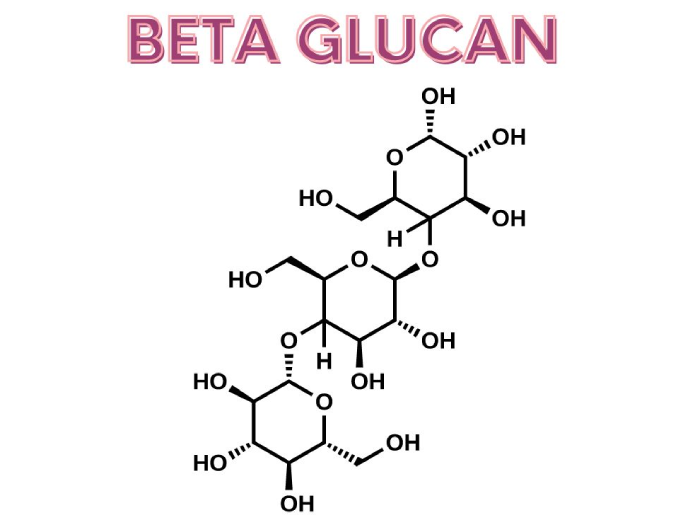High β-Glucan Barley and Glycemic Control in Healthy Individuals
A randomized, controlled, crossover clinical trial assessed how different β-glucan levels in whole grain barley impact postprandial blood glucose responses in normoglycemic adults. The study involved 16 healthy participants who fasted overnight before consuming various barley-based test meals.
The trial featured two conditions: unsweetened and sweetened with high fructose corn syrup (HFCS). In the unsweetened group (n = 16), participants consumed one of the following: white glutinous rice (WR; 0 g β-glucan), low β-glucan barley (LB; ~4 g), medium β-glucan barley (MB; ~5 g), or high β-glucan barley (HB; ~6 g). The sweetened condition (n = 8) included these same meals but with the addition of 50 g HFCS. After consuming their assigned meal, participants self-monitored blood glucose levels every 15 minutes over a four-hour period.
Findings indicated that higher β-glucan levels correlated with a reduced postprandial blood glucose peak and lower incremental area under the curve (iAUC) estimates in both conditions. However, in the sweetened condition, the glucose-lowering effect of β-glucan was less pronounced. This suggests that while high β-glucan barley can mitigate blood sugar spikes, added sugars may counteract some of its beneficial effects. Ultimately, high β-glucan whole grain barley could serve as a dietary tool for modulating blood glucose levels.
Commentary by SuppBase Columnist Alice Winters

This study reinforces the well-documented role of β-glucan in glycemic control but also highlights the metabolic cost of added sugars, particularly HFCS. While the trial’s findings support the benefits of high β-glucan barley, they raise several points worth scrutinizing.
First, the study design—though rigorous in its crossover methodology—relied on a small sample size (n = 16). This limits its generalizability, especially considering individual variations in glycemic response influenced by genetics, gut microbiota, and insulin sensitivity. Further, the reliance on self-administered blood glucose testing introduces a potential margin of error. A larger-scale trial with continuous glucose monitoring would provide more precise insights.
Second, the inclusion of HFCS adds an interesting layer but also complicates interpretation. HFCS has been associated with metabolic disturbances beyond glycemic response, including liver fat accumulation and insulin resistance. The fact that β-glucan’s glycemic benefits were diminished in the HFCS group aligns with concerns about sugar-induced metabolic dysregulation. However, it would be valuable to test alternative sweeteners (e.g., allulose or erythritol) to see whether the negative impact is specific to fructose or if it extends to all added sugars.
Another key consideration is the study’s omission of satiety markers. β-Glucan is known for its viscosity, which delays gastric emptying and promotes fullness—factors that could indirectly influence postprandial glucose. Including satiety assessments would provide a more comprehensive picture of β-glucan’s metabolic benefits.
From a consumer perspective, this study underscores a critical takeaway: the health benefits of whole grains are not immune to the metabolic consequences of added sugars. Functional foods marketed for glycemic control—such as high β-glucan barley products—must be scrutinized for their complete formulations. A high-fiber cereal or granola bar loaded with HFCS may not deliver the promised blood sugar benefits, as this study suggests.
In the broader market context, high β-glucan barley is positioned as a functional grain with compelling health claims. However, its success in consumer products hinges on formulation transparency. Brands leveraging β-glucan for glycemic control should prioritize clean-label formulations that avoid excessive sugars, ensuring the advertised benefits translate to real-world metabolic outcomes.



